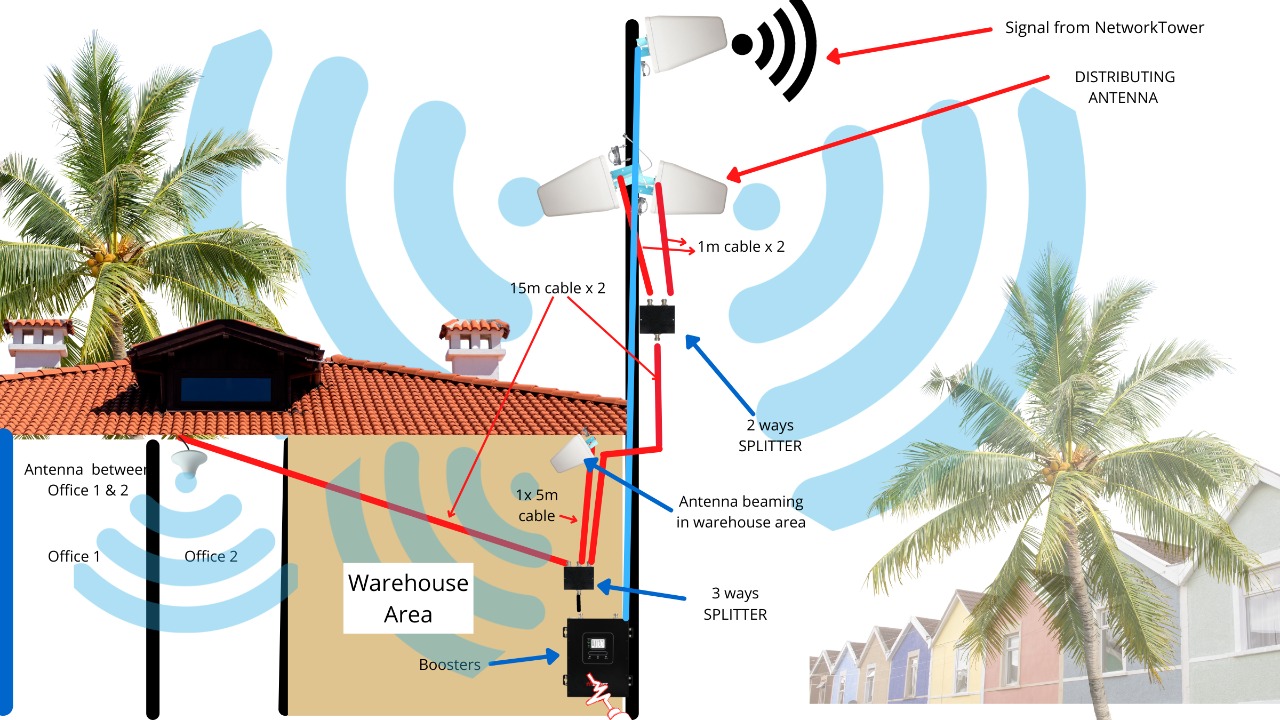Due to the massive contrast between 3G & 4G, businesses came up with a method to let customers know they were getting better service than just the same old 3G networks.
On the other hand LTE, also known as “Long-Term Evolution,” was the answer. Initially, it was believed to be a “Long-Term Evolution” toward the 4G standard. Clever marketers realised that by just adding “4G” before it, they could sell it as being superior to that standard. thus “4G LTE.”
Terms like 4G, 4G LTE, 4G LTE-A, 5Ge, 5G, 5G NR, and 5G+ are frequently used by network providers. What do these terms signify, though, in reality? In this blog, we examine cellular communication’s several generations in more detail.

Let’s Start By Defining 4G.
The International Telecommunications Union (ITU) established the Fourth Generation, or 4G, as a standard in 2008. This was specifically stated by the ITU-R, a radio communications organisation. The main selling points of 4G over the preceding third generation, which introduced data connectivity into the cellular market, are its broadband capabilities & much faster speeds.
How Effective & Reliable Is 4G?
The ITU standard called for a minimum download speed of 100 Mbps and a maximum of 1 Gbps, both of which were impractical at the time. Only many years later did South African networks succeed in achieving these objectives.
Your wireless network must be capable of downloading at a speed of at least 100 Mbps in order to support real 4G.

Can You Use 4G Networks With 5G Phones?
The majority of calls and texts in South Africa are currently handled by 4G networks, despite the recent deployment of 5G in several regions of the nation. Additionally, MTN is establishing “5G experiential zones” in significant retail malls to demonstrate the advantages of this technology.
Despite the fact that network operators advertise voice as an integral component of their bundles, voice over 5G is not currently enabled. No matter where you are, Voice over LTE (VoLTE) is still the primary way to make calls. In other words, calls are currently made via 4G/LTE and 5G is currently exclusively for data. Of course, you will need to get a 5G capable phone if you don’t already have one.
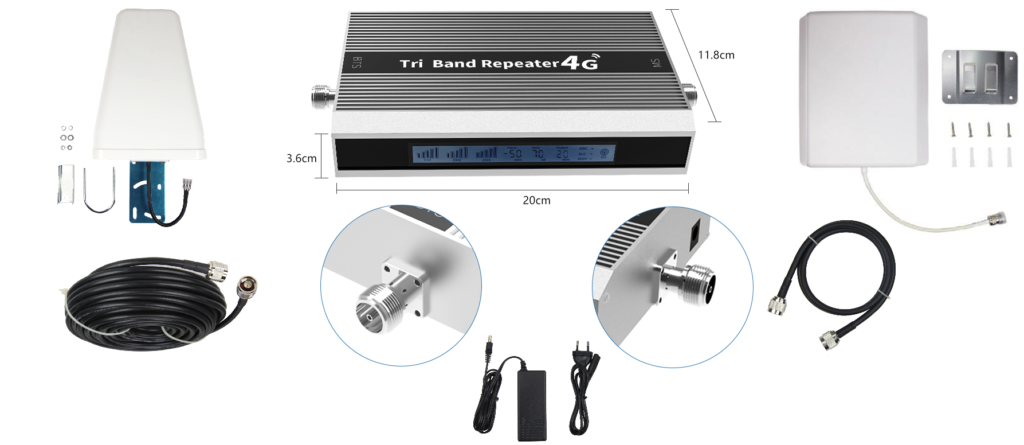
LTE – What Does The Acronym LTE Mean?
In essence, LTE is a stronger version of 3G than actual 4G, though. A rate less than 100 Mbps is used by 4G LTE networks to transmit data to 4G LTE phones.
As previously stated, LTE stands for “Long Term Evolution” and is marketing jargon used to indicate progress toward genuine 4G. When someone mentions 4G LTE, they are referring to a technology that is not as powerful as true 4G but is more powerful than 3G. The LTE International Standard is currently weakly defined and often revised, making a true LTE standard difficult to establish.

Businesses don’t want to promote their 4G speeds now that they have reached them. The majority of users mistakenly think that 4G LTE is a better version of 4G than it actually is. This is why 4G LTE-A, 4G LTE+, and 5Ge (which are all basically 4G) are used. These are the 4G alternatives with the fastest speeds.
What Kinds Of Speed Can You Expect From LTE?
Given that there is no clear standard for 4G LTE, its vast range of potential speeds spans from 3G’s average 3 Mbps to 4G’s 100 Mbps. However, download rates are typically between 12 and 30 Mbps, with greater connections being accessible in metropolitan areas.
Exactly how do 4G and LTE differ from one another?
The difference nowadays is little, especially as 4G LTE-A is essentially “true” 4G.
You should experience minimum speeds of 100 Mbps when the signal is strong; this will confirm that you are receiving true 4G. Although the specifications for 4G were established more than ten years ago, the maximum speeds are 1000 Mbps download and 500 Mbps upload, so if you experience anything close to these speeds, you are taking advantage of the best of 4G.
All of this naturally implies that your 4G or LTE signal is optimal. If you want to understand how to get rid of the poor 4G signal that many locations have, continue reading.
The solution of course is to get one of our LTE 4G Signal Boosters:

Let’s Describe 5G – What Exactly Is 5G?
On October 1, 2018, 5G Home Internet service was launched. On April 3, 2019, 5G Ultra Wideband started to roll out. The first country to adopt 5G on a large scale was South Korea, in April 2019. Since the ITU at the time announced the release of 5G. By reducing latency, providing quicker speeds, boosting network capacity, and enhancing reliability, this fifth-generation network aims to connect almost everyone and everything. It uses new technologies and expands into new frequency spectrums to accomplish this.
The standard stipulates that a minimum data rate of 1 Gbps with a latency of 1 millisecond is necessary to qualify as real 5G.
Low-band 5G, mid-band 5G, and high-band 5G are the three types of 5G, and each has a unique latency rate and speed. Like 4G, some 5G may not actually be 5G.

How Secure Is 5G?
The safety of 5G technology has been questioned by a number of worry fanatics. The World Health Organization (WHO) states that not many research have been conducted. Consider this. Low-band 5G employs frequencies comparable to those of 4G. We are aware that an increase in body temperature is the only real evidence for such frequencies. Other possible health hazards are not proven beyond a reasonable doubt. There is less penetration into the body when frequencies rise, as 5G’s frequencies do, without a doubt.
Ironically, the mmWave is the most dreaded. These frequency waves are quickly broken and have a limited range of travel.
Look at the location of the 5G mid-band frequencies in relation to the 2.4GHz and 5GHz WiFi bands in the spectrum. They won’t hurt us any more than WiFi will.

What Speeds Are Expected From 5G?
The introduction of 5G will drastically improve download rates and alter how gadgets remain connected. 5G might provide a minimum of 1 Gbps and a maximum of 20 Gbps in its ideal configuration. However, since there are so many distinct 5G variations, speeds may vary greatly.
5G low-band speeds are somewhat quicker than 4G. Speeds significantly increase as you move up the spectrum, but the signal’s range gets less. All things considered, connecting to the higher end of the 5G mid-band or the mmWave will result in speeds that are close to those of true 5G. Although 5G has far higher speeds than 4G, as we’ve already indicated, it won’t completely replace 4G.
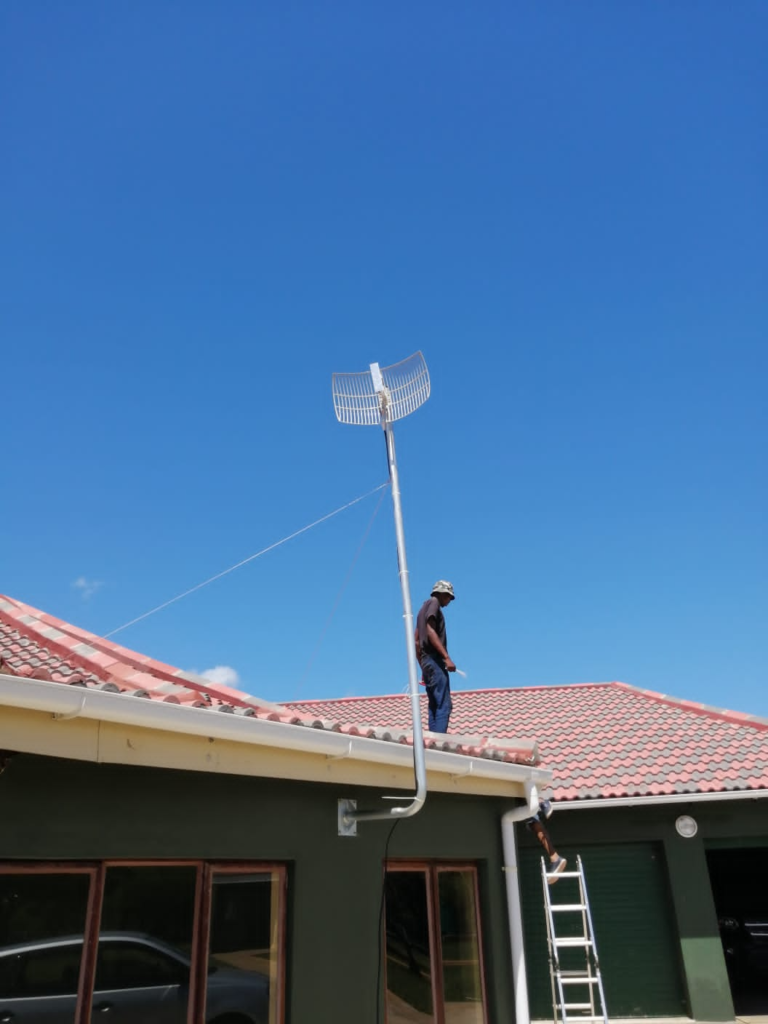
Is 5G’s Latency Lower Than 4G?
The length of time it takes a signal to go to and from a network server is known as latency. Faster reaction times result from lower latency, and vice versa.
Extremely low latency is a feature of 5G. While the optimal pace for 4G is 10ms, the standard for real 5G calls for around 1 millisecond. Significant variation.
Realistically, unless you’re linked to C-Band or the mmWave, you probably won’t get close to 1ms latency rates. Real-world data for 5G’s early phases reveal response times of 5 to 10 ms. Between 30 and 70 milliseconds is the 4G average.

Describe 5G NR.
5G NR or 5G The new radio access technology designated by the 3GPP for the 5G standard is called New Radio. LTE was the earliest radio access technology standard.
5G NR describes how 5G network infrastructure (cell towers and other Radio Access Network equipment) and 5G devices (routers, smartphone gateways, etc.) utilize radio waves to interact. A flexible, scalable, and effective 5G network has been designed in such an elaborate manner to serve a wide range of use cases and needs.
In comparison to LTE, 5G NR offers faster data transmission, lower latency, and other important network improvements.
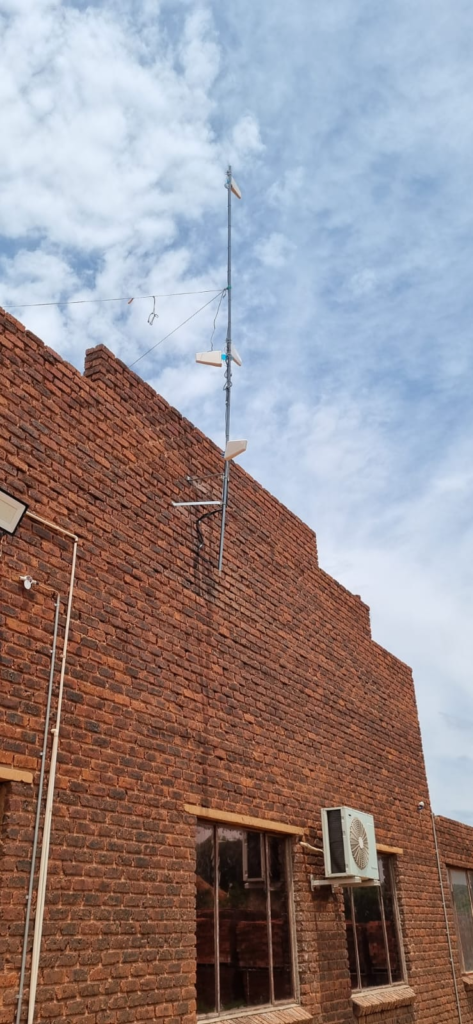
What Do 5GUW, 5GUC, And 5G+ Mean?
As was already noted, there are many varieties of 5G that use various frequencies and offer various speeds. There are several distinct 5G symbols since each network provider advertises each level under a unique moniker.
Will 4G Phones Support 5G?
5G networks operate at several frequencies. A phone must be able to read such frequencies in order to operate with 5G networks. Thus, even if 4G phones won’t support 5G, they will nevertheless function in the constantly changing 5G environment.
Does this imply that you should switch to a 5G device? There isn’t really a need to do this just now unless you reside in a location where 5G is accessible and spend a lot of time outside watching movies or browsing the internet. However, if you’re eager to upgrade, you can see faster speeds.
What Sets 5G Apart from 4G?
Compared to 4G, 5G infrastructure will be substantially larger. As you likely already know, massive cell towers are the primary means of signal transmission for 4G. That won’t be forgotten. Cell towers will be used by 5G to broadcast long-distance frequencies. However, tiny cells will be widely spread throughout urban and some suburban regions at higher frequencies that only travel short distances. Beyond waveforms, speed, and latency, 5G and 4G vary from one another.
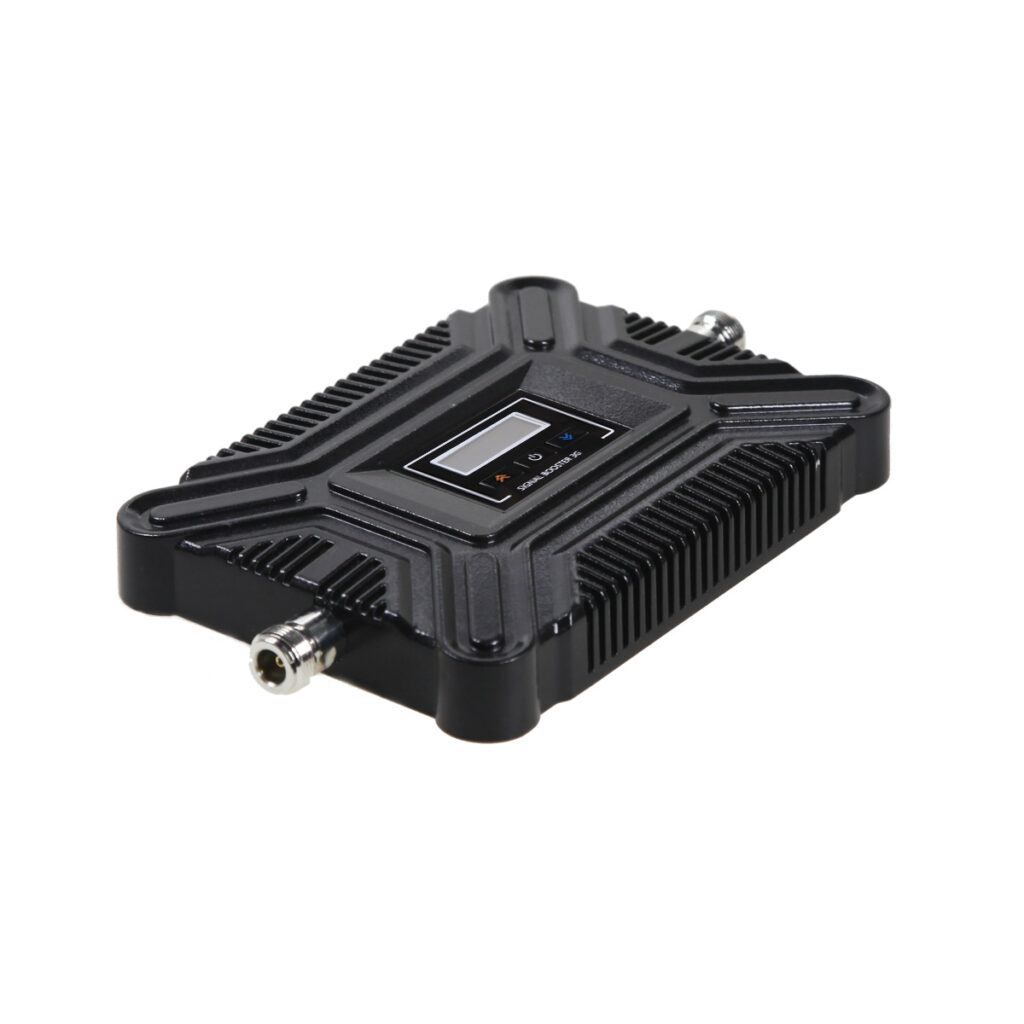
With the technology used in 5G networks, cell sites can accommodate around 1 million devices per square kilometer, compared to 4G’s 4,000 devices in the same space. In order to create a more effective network, cell sites may focus 5G signal precisely onto a device rather of spreading it in all directions.
Greater connection to devices other than merely phones is made possible by this huge boost in capacity. revolutionizing the way machines, gadgets, and the Internet of Things (IoT) connect, as well as how we receive data more generally.
5G can make vitalization, fully autonomous vehicles, same-day delivery drones, and other futuristic technologies a reality because to its faster speeds, incredibly low latency, larger capacity, and new technology. This is not conceivable with 4G, even if it will take years to get there.
Your everyday calls and texts are one area where 5G might not be visible just yet. Carriers intend to use their current 4G network in the meantime and gradually introduce 5G. By 2022, 5G will just offer data and have little impact on voice.

The ability to distinguish between 4G and 5G!
The distinctions between 5G and 4G will further widen as 5G standards continue to be developed. You won’t notice much of a change if all you do with your mobile devices is make calls and send texts. When using data-intensive applications, the difference is most noticeable when 5G is available.
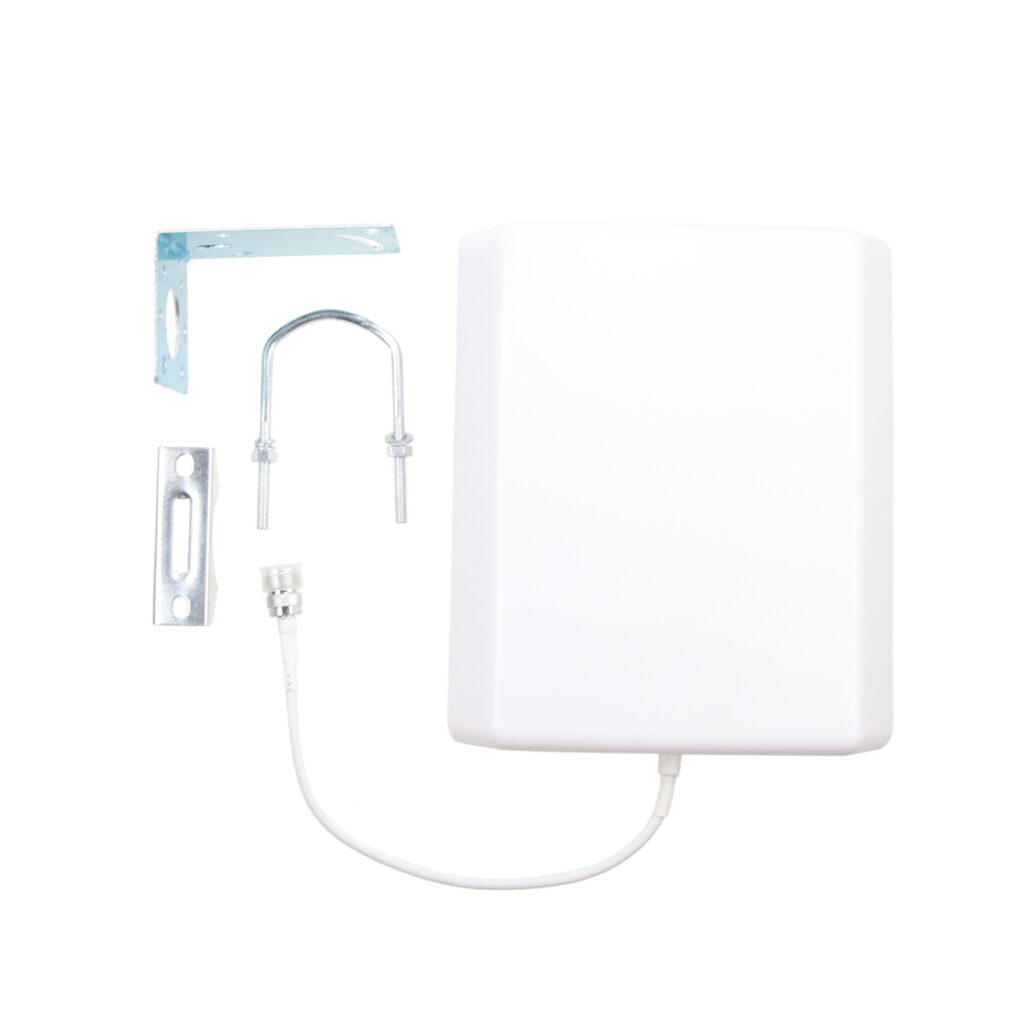
Your Mobile Phone Signal Coverage Specialist
SmartBoosters has helped thousands of people from all walks of life. They would include corporate organisations, hotels, hospitals and student accommodations to solve and enhance mobile phone signal coverage nationwide & worldwide. As one of the pioneers who have partnered with top notch manufacturers to reinvent digital mobile signal boosters, we believe that high-quality Signal Boosters can and should deliver the best performance and reliable reception of mobile phone signal coverage at an affordable price. This is what motivates us to continually Partner with the right people to innovate and improve designs and quality, while at the same time keeping our eye on providing you with the best value and service.
Why Choose SmartBoosters Products?
Our Boosters and accessories are designed with durability, dependability and reliability in mind; and our services are the best in the industry. We are so confident that you’ll be happy with your signal booster, that our confidence drives us to be the only supplier to offer you, our customers a 3 year warranty on all our Boosters.
Our incredible team members are available 5-days a week to answer your calls, email and live chats. They also stay on top of things at the weekends with Emails and live chat to provide you with the most up to date information on products for home and office signal solutions.
Our dedicated RF Engineers will help you select the right custom solutions for large and high rise buildings for your installation needs. You will always get a real person on the phone or via live chat on our website.
You can reach us on our office line: 0110838659 or on our whatsapp: 0722796236
Our email is: admin@smartboosters.co.za



